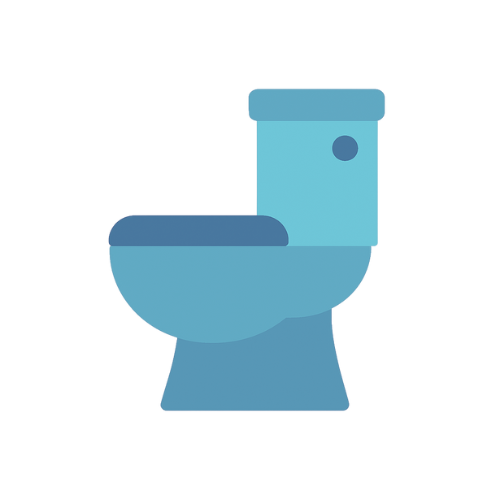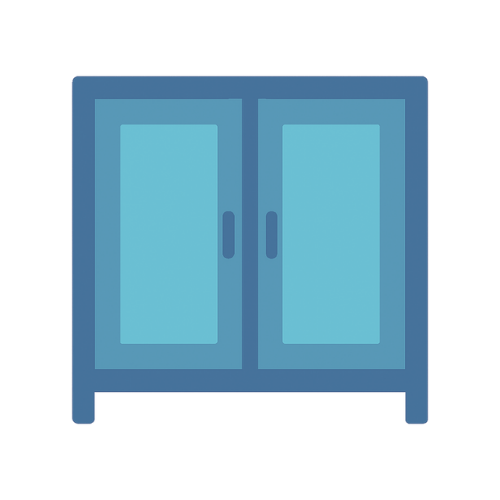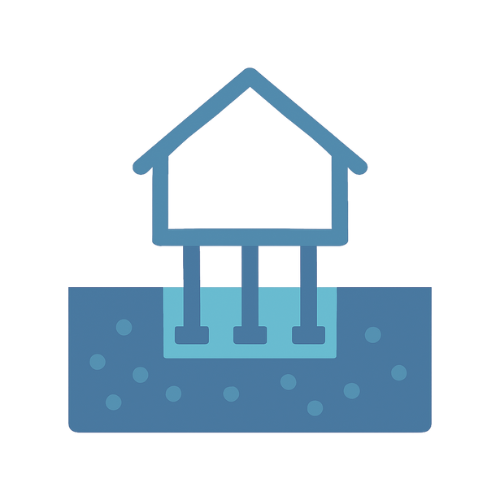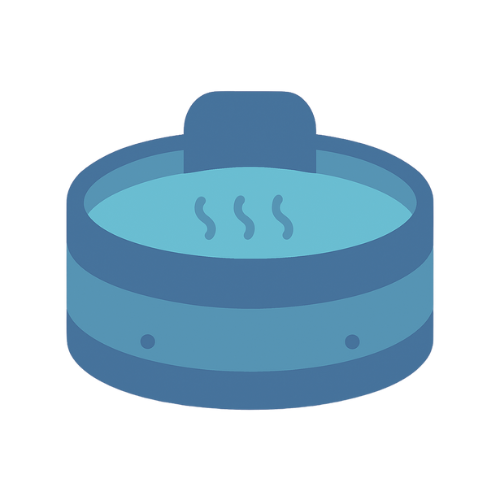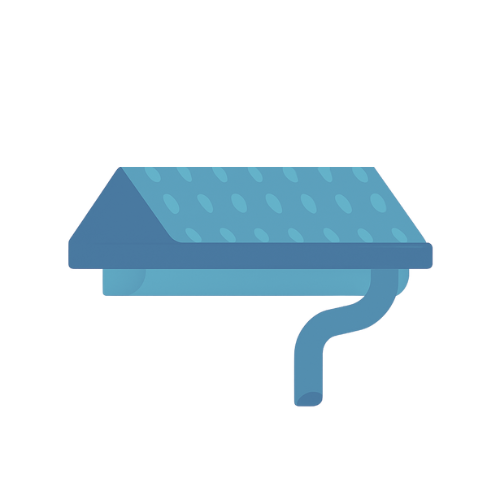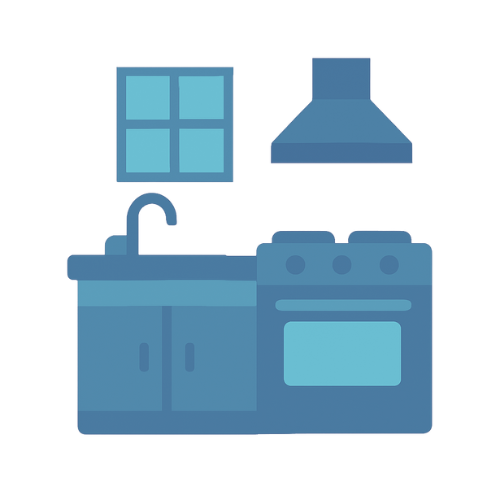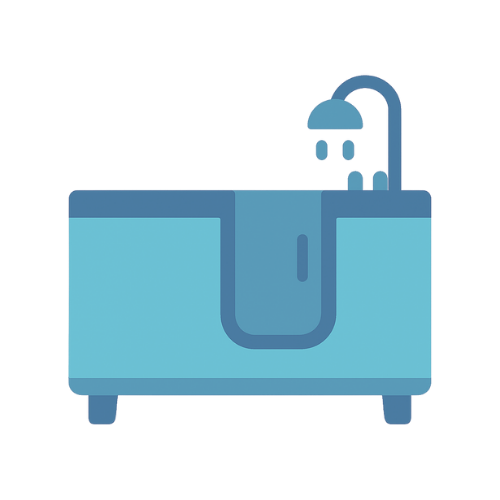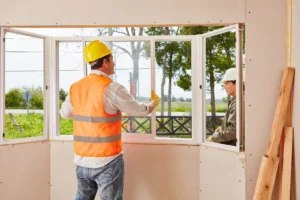Essential Psocid Information

Types of Psocids
Psocids, commonly referred to as booklice or barklice, are tiny, soft-bodied insects that thrive in warm, humid environments. Although harmless to humans, they can become a nuisance indoors-especially in areas like kitchens, bathrooms, or stored food spaces.
Here are the main types of psocids you may encounter:
1. Booklice (Indoor Psocids)
These are the most common type found inside homes. Measuring 1-2 mm long, booklice prefer areas with high humidity and organic matter like mold or mildew. They are often spotted in pantries, behind wallpaper, or around books and cardboard.
2. Barklice (Outdoor Psocids)
Unlike booklice, barklice are typically found outside on tree bark, fences, or leaf litter. They feed on algae, fungi, and lichen, and are not considered pests unless they migrate indoors in large numbers.
3. Grain Psocids
These psocids infest stored grains and cereals. While they don't damage food directly, their presence often indicates moisture issues or fungal growth in storage areas, which can spoil products over time.
4. Structural Psocids
Some psocids nest in building materials such as plaster, insulation, or voids behind walls, particularly when those areas develop mold. These infestations may be harder to detect and often require moisture control and professional inspection.
Call Us : +1-833-467-2554
Psocid Removal Services
What's the best way to eliminate psocids?
How USA Home Adviser Helps Get Rid of Psocids?
At USA Home Adviser, we understand that even the tiniest pests—like psocids—can become a frustrating and persistent nuisance. Often mistaken for dust mites or mold mites, psocids (also known as booklice or barklice) thrive in humid, mold-prone areas such as pantries, bathrooms, basements, and behind wallpaper. Their presence is typically a sign of hidden moisture problems in your home.
Here’s how USA Home Adviser helps eliminate psocids—and keeps them from coming back:
1. Thorough Inspection
Our experienced pest control specialists conduct a detailed inspection to pinpoint the source of the infestation—whether it’s damp cardboard, moldy drywall, leaking plumbing, or hidden condensation zones.
2. Moisture Control
Because psocids require high humidity to survive, we focus on eliminating excess moisture. This includes identifying leaks, improving airflow, and recommending the use of dehumidifiers or ventilation upgrades where needed.
3. Targeted Treatment
We apply safe, effective treatments specifically formulated to eliminate psocids in cracks, crevices, baseboards, bookshelves, and food storage areas—without harming your household.
4. Mold and Mildew Remediation
Since psocids feed on mold and mildew, we eliminate their food source using professional-grade cleaning solutions that treat affected areas, reducing the chances of reinfestation.
5. Prevention Guidance
Once the infestation is under control, USA Home Adviser provides actionable prevention tips—like sealing food containers, reducing indoor humidity, fixing leaks promptly, and improving circulation in tight or humid spaces.
6. Ongoing Monitoring
To ensure your home remains psocid-free, we offer optional follow-up inspections and monitoring services—especially during humid months when these pests are most active.
With USA Home Adviser, you're not just getting rid of a temporary annoyance—you’re investing in long-term protection from hidden moisture pests like psocids. Let us help you reclaim your space with expert solutions tailored to your home's unique environment.
